Last updated on April 28th, 2023 at 01:12 am
For centuries, the Mongols ruled an empire that stretched from China to Eastern Europe. It was the largest empire in the world, created through centuries of brutal warfare.
Over time, the name Mongol became synonymous with the fearsome horsemen of the Eurasian steppe. Their exploits in battle – not to mention what came after – made many armies think twice before taking them on in combat.
Yet over the centuries, some nations did have some success against the great Mongol marauders. Here are five countries that managed to do what many thought was impossible – defeat the Mongols.
1. Vietnam
The Tran dynasty ruled Vietnam from 1226 to 1413 AD. They were the first people to successfully defeat a Mongol invasion.
Up to that point, the Mongols had had little trouble conquering empires in Asia and the Middle East, but their luck would change when they came up against the people of Vietnam.
The first invasion occurred in 1257 AD when the Mongols occupied Yunnan, in what is now southwestern China. Kublai Khan, then the ruler of the Mongols, sent three envoys to emperor Trần Thái Tông. He demanded that he grant free passage through Vietnam to his Mongol warriors.
Instead of replying, Emperor Thái Tông made a bold move – he threw the envoys in jail. Unsurprisingly, that did not go over too well with the Mongol leader who immediately began preparing for war.
But Emperor Thái Tông knew what was coming. Bracing himself for what he must have known would be a daunting fight, he ordered his entire population to prepare for war. Citizens were instructed to “repair their weapons and manufacture new ones,” in anticipation of the coming Mongol invasion.
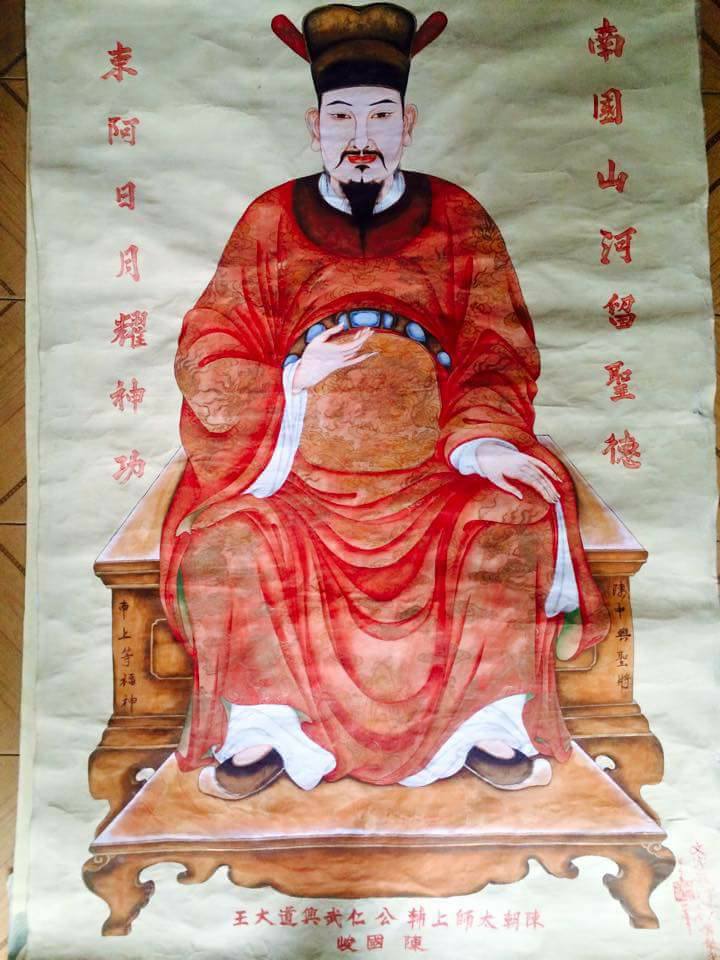
The emperor was right to do so. At the time when the citizens of his kingdom were preparing for the fight, Kublai Khan had already sent his second-in-command to surround the capital with two groups of 1,000 men.
The Vietnamese and Mongol armies met outside the capital on the banks of a river. To the surprise of the Mongols, they saw Emperor Tran riding across the river atop an elephant, something that they had never seen before in battle. The Mongols did not know what to expect from the elephants, but they maintained their composure and shot flaming arrows at their feet.
In the end, not even the elephants were enough to dampen the ferocity of the Mongol army. Two bloody encounters by the river ended with the emperor and his army escaping by boat downriver and then abandoning the capital.
At this point, the emperor and his family considered fleeing the country altogether to seek refuge with the powerful Southern Song dynasty.
However, the Mongols’ luck was about to change. After they moved into the capital and massacred its people, it looked like they had achieved another overwhelming victory. But pretty soon they began to suffer devastating setbacks.
The imperial capital was much too small to support a Mongol army, numbering some 25,000 warriors. Moreover, the destruction that the Mongols unleashed on the city caused outbreaks of diseases such as dysentery and malaria.
Suffering from all of these factors, plus the unbearable heat, the Mongols became demoralized. With the strength of the Mongol army waning, the emperor brought back his army and easily pushed the invaders out of the city after only nine days.
The second Mongol attempt to conquer Vietnam lasted much longer, from 1283 to 1285 AD. At this point, the Mongols under Kublai Khan had already taken all of China, which left Vietnam more vulnerable than ever.
Once again, the Mongols seemed on the edge of annihilating the Vietnamese. They took the capital city and forced the emperor and his family to flee to a tiny island where they were nearly captured.
In the end, nature once again interceded on behalf of the Vietnamese. While the Vietnamese army battled desperately against the Mongols, heat, and disease began to take their toll on the invaders despite the Chinese doctors that the Mongols had brought with them.
Near the end of the fighting, one of the main Mongol generals was killed, and the army that straggled back to Mongol China was a fraction of its original size. But Kublai Khan refused to give up.
Just two years later, he launched another attack, this time relying on a navy to provide the army with supplies. His plans were thwarted, however, by the Vietnamese generals, who sank and captured hundreds of Mongol ships.
On land, things didn’t go much better. The Vietnamese fought a guerrilla war in which they laid spikes in trenches to stop the Mongol horses. They also conducted river ambushes against Mongol boats. After a year of fighting, the Mongols gave up and the people of Vietnam could finally breathe a sigh of relief.
2. Japan
Sometime in 1274 AD, between the first and second Vietnamese invasions, Kublai Khan fixed his sights on the Southern Song dynasty of China.
China was split into a northern and southern territory back in 1115 AD. The Mongols, under one of Genghis Khan’s sons, already conquered the northern portion. However, the southern portion proved to be much more intractable.
So, Kublai Khan came up with a plan. To weaken his objective, he set out on a series of campaigns to conquer Song China’s trading partners. One of those partners was Japan.
Japan in the 13th century was a feudal society ruled by a shogun to whom the samurai class pledged total allegiance. In this hierarchical society, the samurai acted as vassals to the shogun. They were given special privileges that made them distinct from the Japanese peasantry.
Japan was also a closed nation at this time because the shogun disallowed any kind of trade or immigration to other countries other than for academic or religious purposes.
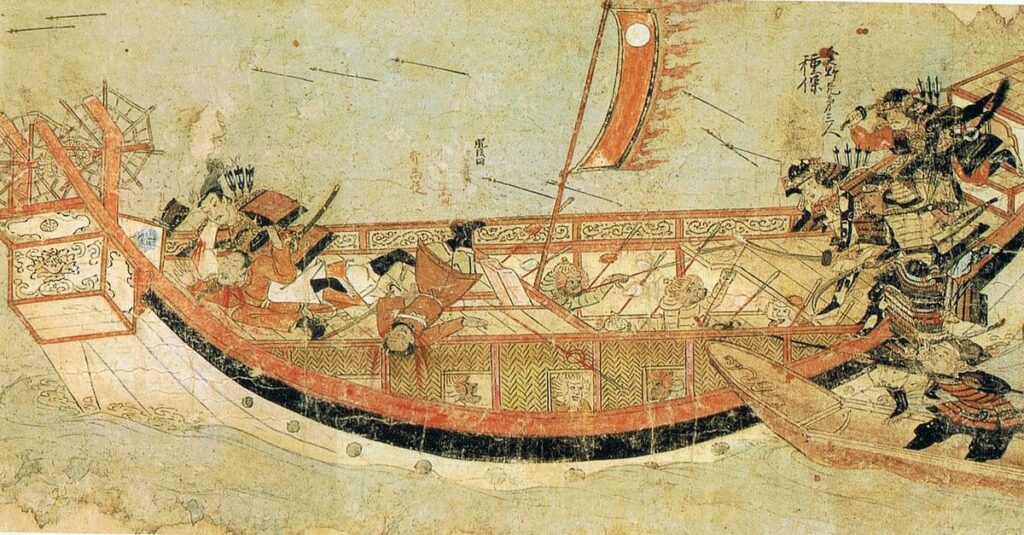
Before launching his first invasion, Kublai Khan first sent an envoy to demand that Japan submit itself to the Mongols and become a trading partner. The shogun failed to respond to his request. Kublai Khan then sent several more envoys but the shogun still refused to give in to the Mongol demands.
That’s when Kublai Khan decided to invade.
During the invasion of 1274, the Mongols took the island of Hakata. This was an important source of trade for the Song dynasty.
As the Mongols penetrated deeper into Japanese territory, they dealt heavy losses to the samurai. Their style of fighting was based on individual prowess rather than the kind of organized formations and maneuvers that the Mongols had mastered.
Despite tactical and technological advantages, including their use of incendiary devices (which the Japanese had never seen), the Mongols ended up retreating to their ships. Whether due to a storm as some historians contend or for other reasons, this first Mongol invasion failed to spread to the rest of Japan.
The second invasion occurred in 1281 after Kublai Khan finally took his most sought-after prize: China.
Kublai Khan no longer had his original reason to invade: weakening China by conquering its trading partners. But he hoped the invasion would legitimize his rule and help him gain support among his people.
This invasion failed even more miserably than the first.
The Mongols sent two large armies by boat, but at some point, a strong wind or “Kamikaze” was said to have struck one of the fleets. This led to the destruction of the vast majority of its forces.
As a result, the remaining ships were forced to sail back to China. Meanwhile, on land, the Japanese searched for and killed any remaining Mongols who survived the storm.
The great Kamikaze that stopped the Mongol invasion became an important part of Japanese history. The name was later invoked during World War Two and used as the name for the suicide pilots who deliberately crashed their planes into enemy ships.
The Mongol defeat in 1281 would live on in both history and myth for centuries to come.
3. Java
Kublai Khan didn’t have much luck against island nations. The next Mongol defeat came a little over a decade later when he tried to take the island kingdom of East Java.
The invasion he launched meant to put an upstart rival in his place. Instead, the Mongol army unwittingly paved the way for a new Javanese dynasty that ruled for nearly three centuries.
The question of why the Mongols invaded Java remains unclear to scholars.
According to Javanese sources, King Kertanagara, who ruled East Java at the time, invaded the island of Malayu. At that point, it was considered by the Mongols to be one of their vassal states.
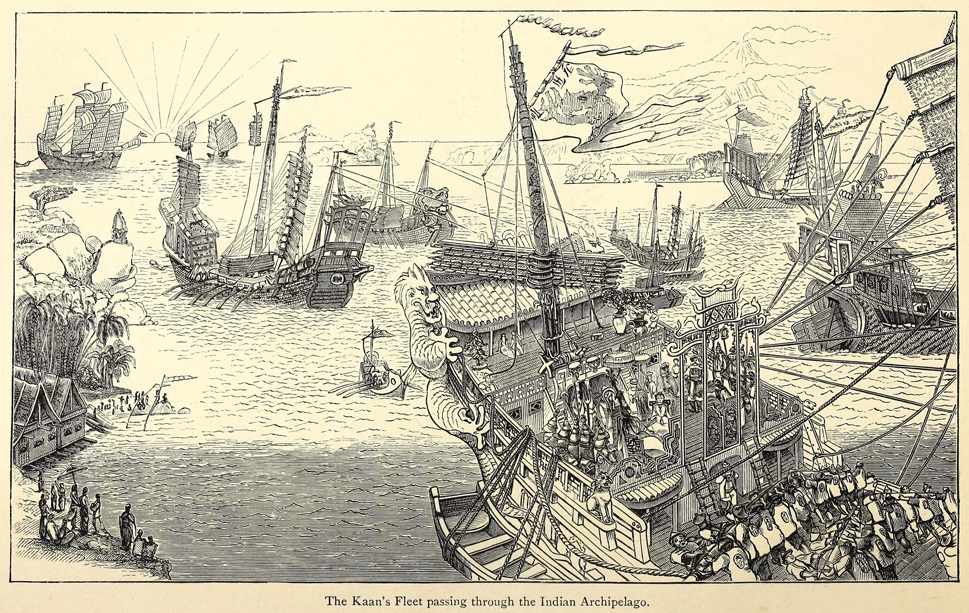
Chinese sources, on the other hand, describe the invasion as an act of revenge for Keratangara’s insolent abuse of the Mongol ambassadors whom Kublai Khan had sent in 1289 to collect tribute.
Instead of complying with Kublai Khan’s demands, King Keratagara ordered the ambassadors’ faces to be branded and sent them back to Kublai Khan.
These events may or may not have helped push Kublai Khan towards war, But Kublai’s true intentions were probably as much commercial as they were personal. The Javanese islands at the time were an important part of the spice trade and the Mongols simply wanted to control them.
Whatever the true reasons were, by the time the Mongol fleet showed up in Java in 1292, King Keratagara was no longer king and a civil war was underway for his throne.
One of the contenders, a prince named Raden Wijaya, used the Mongols’ confusion to his advantage. After recruiting them to attack his rivals, he then turned on the Mongols. After defeating them, he forced them to leave the island.
The Mongols sailed away from Java for good shortly after. In their wake, they left behind a Javanese dynasty that would rule until the 16th century.
4. India
When the Mongols emerged from the Eurasian steppe in the 12th century, it wasn’t just East Asia that suffered from their onslaughts.
As they moved west, they conquered the Muslim empire of Khwarazm, which stretched from India to Anatolia. They even forced the Shah to flee his empire on horseback.
The Mongols carried out horrific acts of violence against the people of Russia, Persia, and Baghdad. They were justifiably feared by many. But when they began pushing into northern India they met an equally fierce foe who managed to do what few others had proven able to do – defeat them.
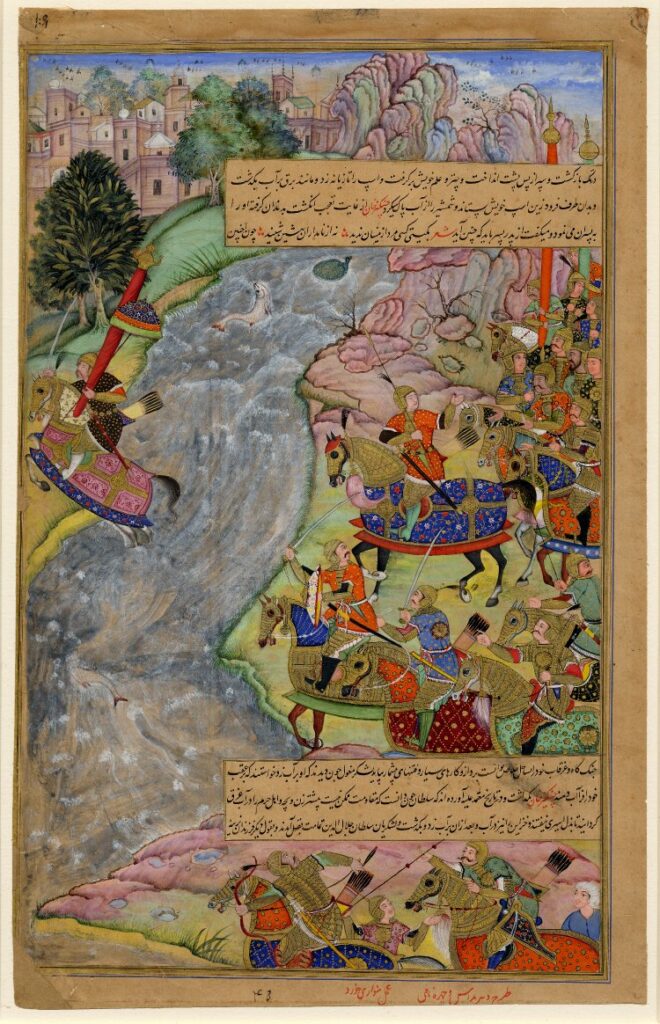
Alauddin Khilji ruled as the sultan of Delhi from 1296 AD to 1316 AD. In that time, he fought back six separate Mongol attacks.
During the first Mongol invasion, which took place in 1298 AD, Alauddin proved to be both a military genius and a merciless victor. After defeating the Mongols with his army of horseback warriors, he immediately put to death all 20,00 of his prisoners.
That initial defeat came as a blow to the pride of the Mongol Khan. Incensed, he sent an even larger force of 200,000 warriors the following year, expecting to demolish the Sultanate of Delhi.
In an epic battle that is now known as the Battle of Kili, Alauddin’s horsemen clashed with the Mongols until the khan’s son, Qutlugh Khwaja was slain and the Mongols withdrew from India altogether.
5. The Mamluks
Lastly, there were the Mamluks. They dealt the Mongols one of their most famous defeats in 1260 at the battle of Ayn Jalut.
In this battle, roughly 20,000 Mongols faced off against an equal force of 20,000 Mamluks in the deserts of Palestine and were forced to withdraw. It’s gone down in history as an important event because it was one of the first times that a Mongol army was defeated in open battle.
But the fact is, this was far from the end of the fighting between the Mongols and the Mamluks. It was just the beginning.
The Mamluk dynasty was a Muslim dynasty that ruled Syria and Egypt from about 1250 AD to 1517 AD. The Ilkhanid Khanate, one of the four Mongol groups, moved through Central Asia. Conquering neighbors or bringing them into their orbit of vassal states, the seat of power in the Muslim world shifted to Egypt.
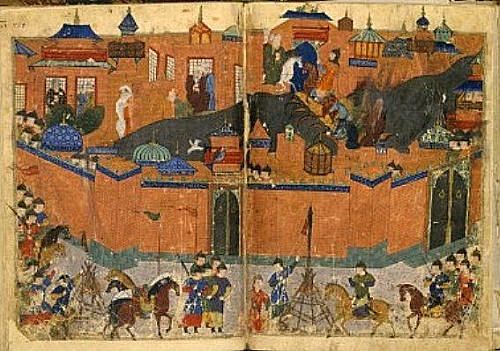
When the Mongols, led by Genghis Khan’s grandson, sent envoys to Egypt to demand that the sultan submit to him, he refused. Instead, he had the envoys cut in half. Then he marched his army to Palestine to face off against the Mongol army.
It was there in Palestine that the Mongols suffered their famous defeat. But to say that the Mongols were defeated on that day in 1260 AD obscures a more complicated truth about the Mamluk-Mongol conflict.
That’s because the fighting continued on and off for six decades, eventually culminating in a final Mongol defeat. After this defeat, they withdrew their warriors from Egypt for good.
From 1260 AD to 1323 AD the Mongols continued to make incursions into Egypt and Syria.
In each of these conflicts, it was always the Mongols who were repelled by the superior Mamluk armies. The Mamluks only suffered one defeat at the battle of Wadi al-Khazindar in 1299.
In that battle, the Mamluk charged the Mongol army as they rested. Unknown to them, however, a contingent of Mongols broke off and approached the Mamluk army from the rear. After facing a barrage of arrows from the front, the Mamluks soon realized they were surrounded and were forced to withdraw.
In 1323 the Mamluks signed a peace treaty with the Mongols. This marked the end of decades of bloody fighting. The Ilkhanid Khanate only lasted a few more years until 1335, upon which it broke apart.
On the other hand, the Mamluks continued to reign in Egypt for several more centuries until finally being defeated by the Ottomans in the 16th century. They are now remembered as one of the few countries to have ever stood up to the Mongols and succeeded.
That feat puts them in a very exclusive club indeed.

